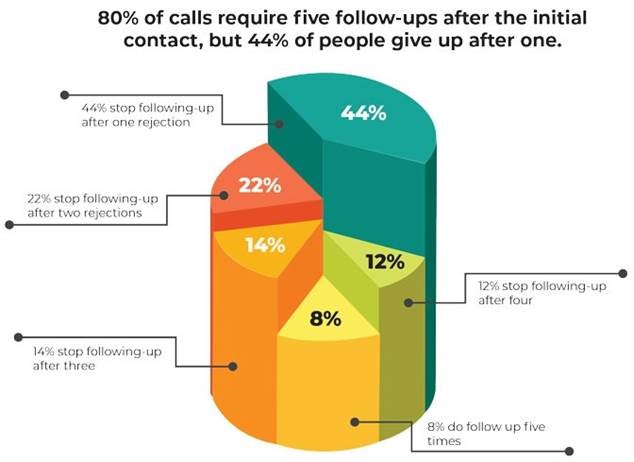DISC Helps You “blend” With Their Behavioural Style
Use DISC as an effective way to gain the commitment and cooperation of others. See the world from their perspective and “blend” with their behavioural style.
DISC Improves the Sales Force by:
- Helping the salesperson recognize their natural approach to the sales process
- Show them how to modify their approach to different prospects
Here are 4 key benefits of using DISC Profiling for your sales team:
1. DISC Will Help Your Team Understand Their Natural & Adapted Behaviour Styles
DISC Profiling will give you insight into your own behavioural style and allows you to see how you are perceived by others.
Your personal profile gives you a set of terms to discuss your behaviour and communication style in your personal life and in the workplace.
2. Enhance Communication Between Your Sales Team & Clients
Using DISC Profiling coupled with focused DISC facilitation can enhance communication between your sales team.
You can also profile clients, so communication styles are better understood for stronger, lasting relationships.
3. Allows Your Team To See Their Similarities & Differences
Team Reports provide a detailed breakdown of a team’s DISC data (up to 100 people) through a variety of:
- Charts
- Diagrams
- Comparison pages.
This is a great tool to contrast the team’s similarities, differences, strengths and potential areas for conflict.
4. Identify If You Are A Hunter Or A Farmer – Know Your Sales Team & Understand What Works For Them And The Business
How You Work:
‘Hunters’ are characterised by ‘hyperfocus’.
There will be intense periods of activity where you stay focused single-mindedly on a task and may forget to have your meal.
Then there will be long periods of low or no activity. You will discover a preference for:
- High risk-reward scenarios
- Project work
- Novelty
- Clear goals
- A system of measuring instant progress
- The excitement of a crisis that requires immediate action and snap judgments
(Typically a D profile)
How You Sell:
As a farmer you are trustworthy and dependable and that’s what you sell to build loyalty and repeat business with your customers.
You are sensitive to the customers’ happiness, concerned about failure of service, prefer to tackle one problem.
(Typically an S profile)
Building Your Team:
As a hunter, your goal is to get the best performers into your team.
You actively seek them out and then attract and retain them by showing the dream, culture and compensation that these stars seek.
As a farmer, your focus is on growing people irrespective of the talent and thus you give them opportunities, resources and learnings to succeed while removing those that spoil the environment.
A rare balance in the team leadership will do both — communicate a dream.
Learn how KONA Group can Leverage DISC for your business…
Download our sample Sales DISC Profile or DISC Team Report:






































































































